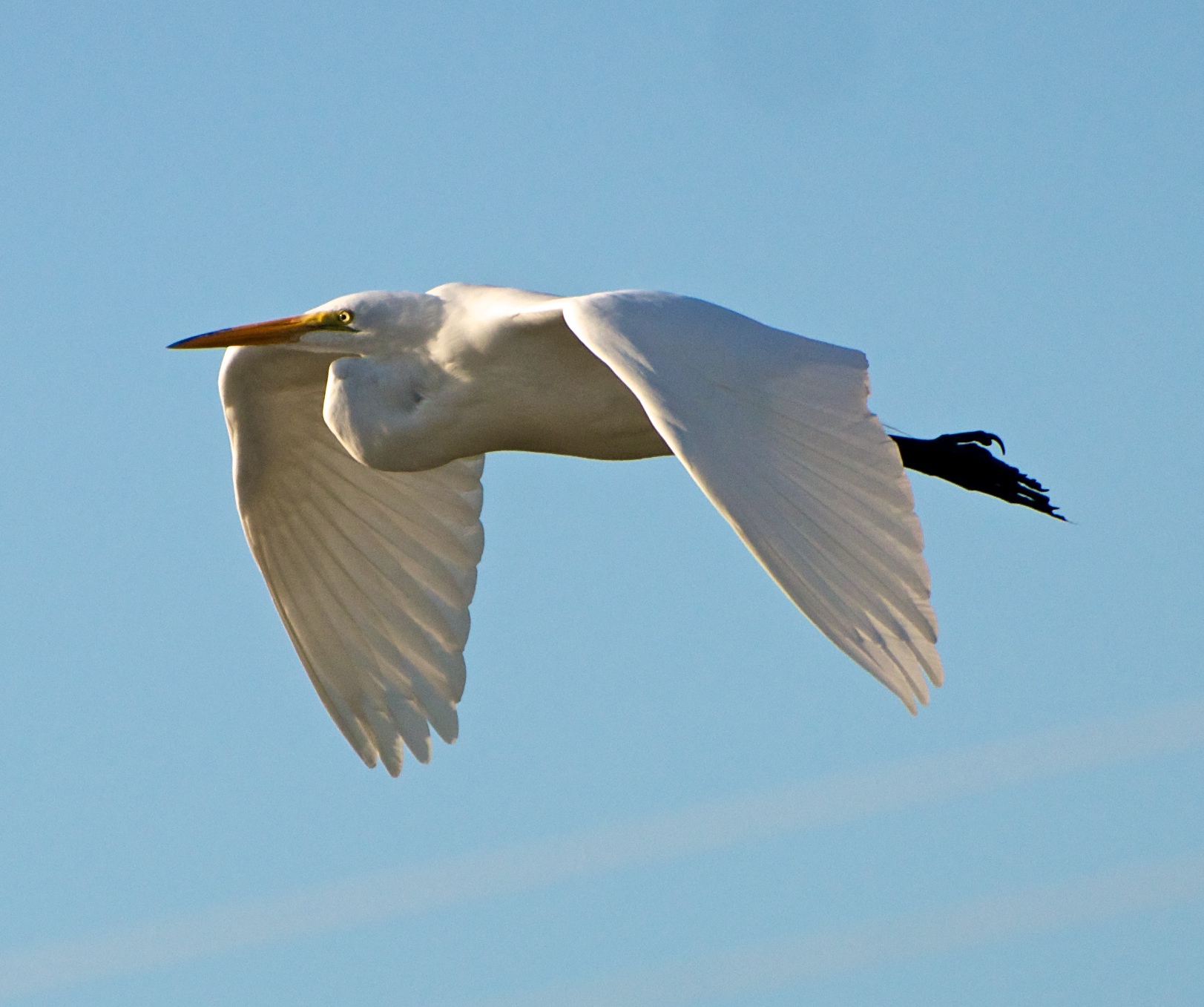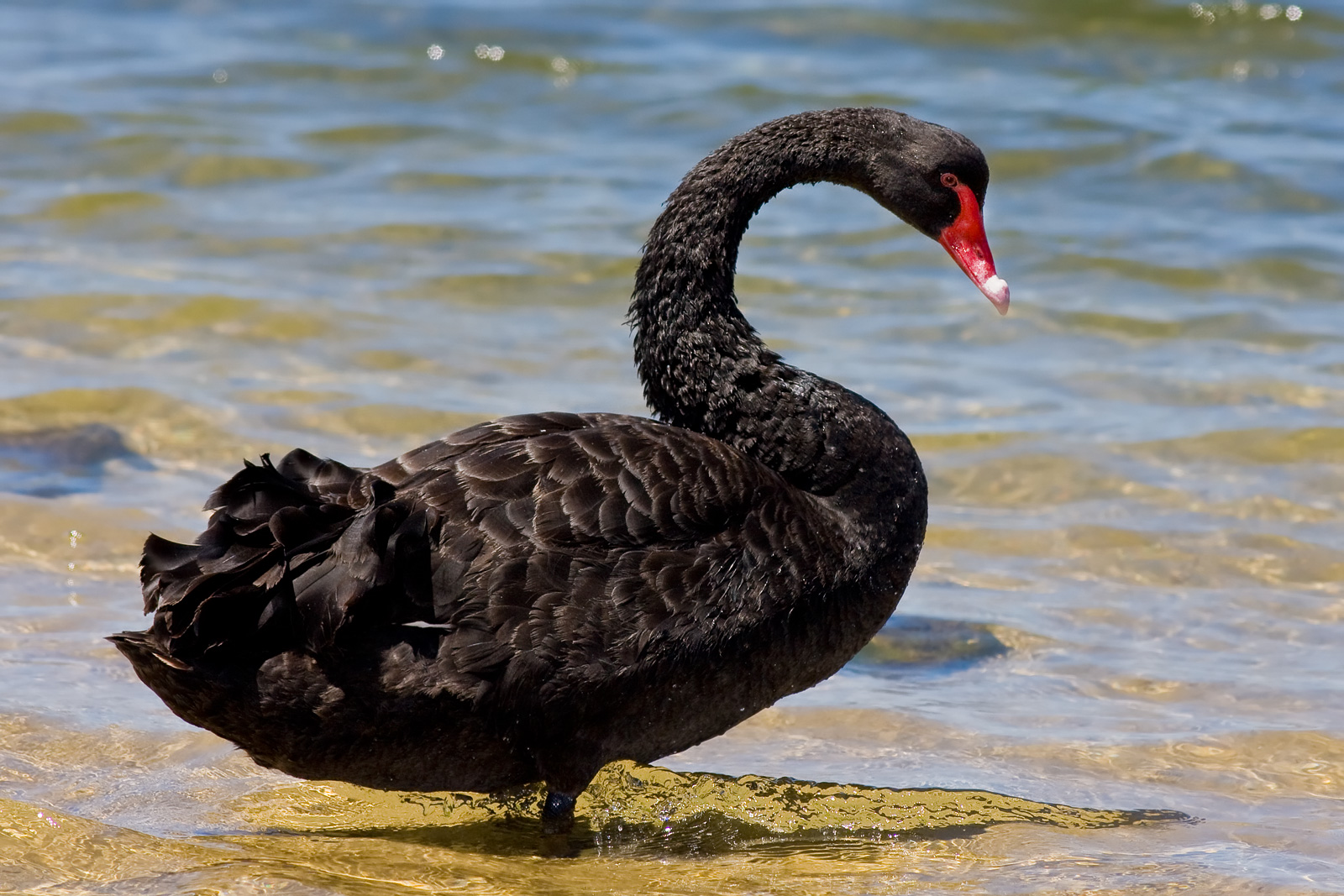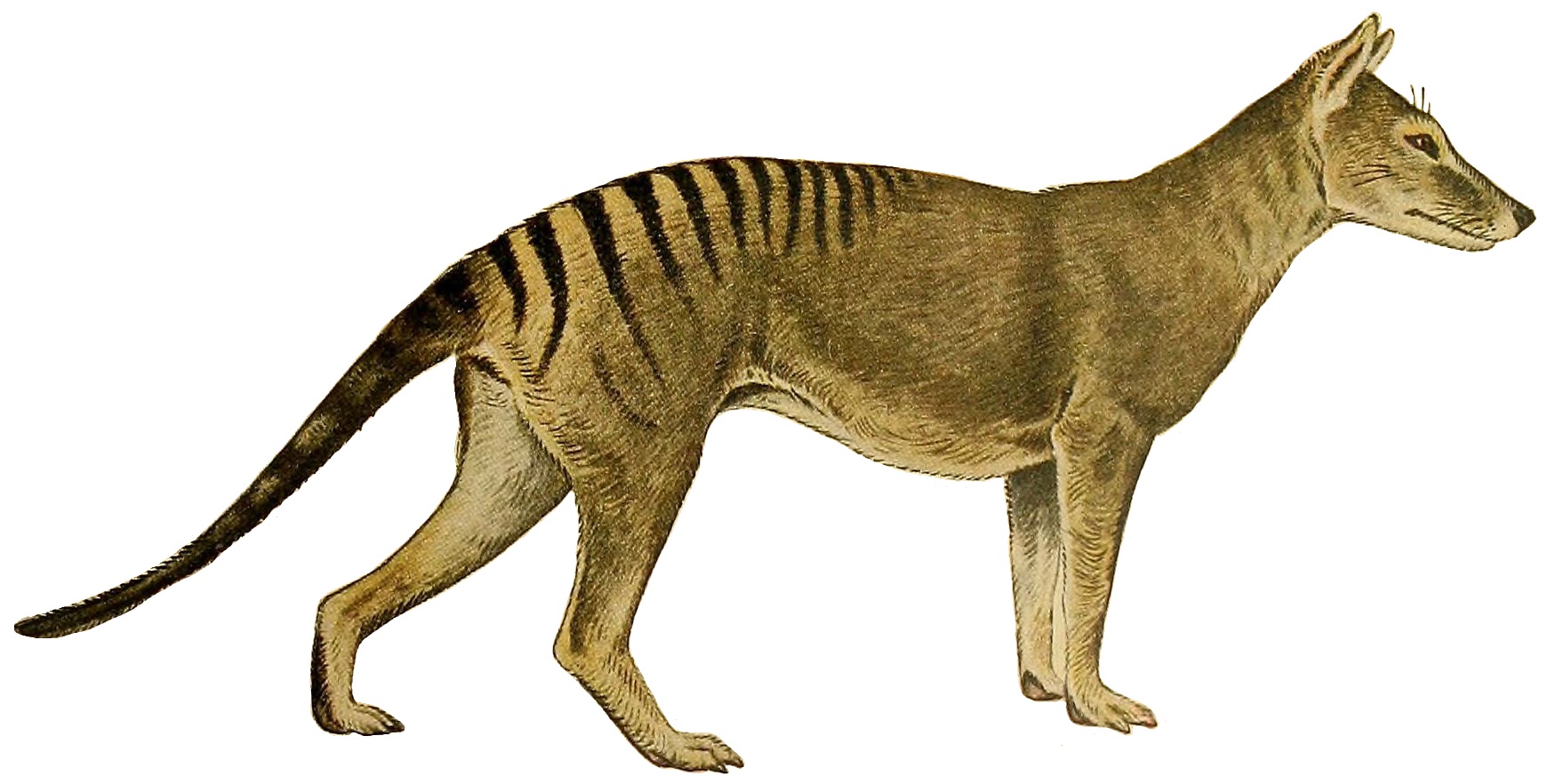|
Lake Yealering
Lake Yealering, also known as Yealering Lakes, is an ephemeral salt lake in the Wheatbelt region of Western Australia located on the southern edge of the town of Yealering, north west of Wickepin and about south east of Perth. Description The lake is situated in the Shire of Wickepin and the Shire of Corrigin, along an ancient drainage line where a paleochannel is thought to have been present. It is found in the upper reaches of the Avon River catchment. The annual rainfall in the catchment is and the annual rate of evaporation is . The lake is part of the Lake Yealering System, which occupies an area of and is composed of Lake Yealering () and a series of adjacent shallow lakes known as the swamp (). Also part of the system are other ephemeral bodies of water found about north of Yealering including Brown Lake (), White Water Lake () Nonalling Lake (), and other smaller lakes and swamps. Inflow to the lake is from small tributaries that discharge initially into winter- ... [...More Info...] [...Related Items...] OR: [Wikipedia] [Google] [Baidu] |
Western Australia
Western Australia (commonly abbreviated as WA) is a state of Australia occupying the western percent of the land area of Australia excluding external territories. It is bounded by the Indian Ocean to the north and west, the Southern Ocean to the south, the Northern Territory to the north-east, and South Australia to the south-east. Western Australia is Australia's largest state, with a total land area of . It is the second-largest country subdivision in the world, surpassed only by Russia's Sakha Republic. the state has 2.76 million inhabitants percent of the national total. The vast majority (92 percent) live in the south-west corner; 79 percent of the population lives in the Perth area, leaving the remainder of the state sparsely populated. The first Europeans to visit Western Australia belonged to the Dutch Dirk Hartog expedition, who visited the Western Australian coast in 1616. The first permanent European colony of Western Australia occurred following the ... [...More Info...] [...Related Items...] OR: [Wikipedia] [Google] [Baidu] |
Casuarina Obesa
''Casuarina obesa'', commonly known as swamp she-oak or swamp oak, is a species of ''Casuarina'' that is closely related to '' C. glauca'' and '' C. cristata''. The Noongar peoples know the plant as Goolee, Kweela, Kwerl and Quilinock. Distribution It is native to a broad area of south-western Australia, with a much more restricted occurrence in New South Wales and Victoria.Threatened Species in NSW Description It is a small dioecious tree, growing to in height and capable of flowering at any time of year. It has male and female flowers on separate plants, the female plants produce woody cones in an indehiscent state, with crops from two seasons sometimes present. These produce approximately 370 seeds per gram. It is found in sand or clay soils, often in brackish or saline environments, along rivers, creeks and salt lakes. Usage It is widely planted for agroforestry Agroforestry is a land use management system in which trees or shrubs are grown around or among crops or pa ... [...More Info...] [...Related Items...] OR: [Wikipedia] [Google] [Baidu] |
Western Rosella
The western rosella (''Platycercus icterotis''), or moyadong, is a species of parrot endemic to southwestern Australia. The head and underparts are bright red, and the back is mottled black; a yellow patch at the cheek distinguishes it from others of the genus '' Platycercus''. Adults of the species exhibit sexual dimorphism with the females duller overall; juveniles lack the striking colours of mature birds and the characteristic patterning is not as easily distinguished. Their communication call is a softly delivered ''pink-pink'' sound, and much of their behaviour is comparatively unobtrusive. Their habitat is in eucalypt forests and woodlands, where they often remain unobserved until they appear to feed on seeds at nearby cleared areas. Individuals form mating pairs and generally remain in one locality, although they will venture out to join small groups at plentiful sources of food. The western rosella is predominantly herbivorous, its diet consisting mostly of seeds of gra ... [...More Info...] [...Related Items...] OR: [Wikipedia] [Google] [Baidu] |
Rainbow Bee-eater
The rainbow bee-eater (''Merops ornatus'') is a near passerine bird in the bee-eater family Meropidae. Taxonomy The rainbow bee-eater is the only species of Meropidae found in Australia and is monotypic. Its closest relative is most likely the olive bee-eater (''Merops superciliosus'') of southern and eastern Africa, but molecular phylogenetic analysis places the rainbow bee-eater as closest relative with the European bee-eater (''M. apiaster''). It was first described by John Latham in 1801. The generic name is Ancient Greek ''merops'' which means 'bee-eater' and the specific epithet is Latin ''ornatus'' 'ornate, adorned'. Description Rainbow bee-eaters are brilliantly coloured birds that grow to be in length, including the elongated tail feathers, and weighing . The upper back and wings are green in colour, and the lower back and under-tail coverts are bright blue. The undersides of the wings and primary flight feathers are rufous to copper with green edges and tipped with ... [...More Info...] [...Related Items...] OR: [Wikipedia] [Google] [Baidu] |
Great Egret
The great egret (''Ardea alba''), also known as the common egret, large egret, or (in the Old World) great white egret or great white heron is a large, widely distributed egret. The four subspecies are found in Asia, Africa, the Americas, and southern Europe. Recently it is also spreading to more northern areas of Europe. Distributed across most of the tropical and warmer temperate regions of the world, it builds tree nests in colonies close to water. Taxonomy and systematics Like all egrets, it is a member of the heron family, Ardeidae. Traditionally classified with the storks in the Ciconiiformes, the Ardeidae are closer relatives of pelicans and belong in the Pelecaniformes, instead. The great egret—unlike the typical egrets—does not belong to the genus ''Egretta'', but together with the great herons is today placed in '' Ardea''. In the past, however, it was sometimes placed in ''Egretta'' or separated in a monotypic genus ''Casmerodius''. The Old World population is ... [...More Info...] [...Related Items...] OR: [Wikipedia] [Google] [Baidu] |
Common Sandpiper
The common sandpiper (''Actitis hypoleucos'') is a small Palearctic wader. This bird and its American sister species, the spotted sandpiper (''A. macularia''), make up the genus ''Actitis''. They are parapatric and replace each other geographically; stray birds of either species may settle down with breeders of the other and hybridize. Hybridization has also been reported between the common sandpiper and the green sandpiper, a basal species of the closely related shank genus ''Tringa''. Taxonomy The common sandpiper was formally described by the Swedish naturalist Carl Linnaeus in 1758 in the tenth edition of his '' Systema Naturae'' under the binomial name ''Tringa hypoleucos''. The species is now placed together with the spotted sandpiper in the genus ''Actitis'' that was introduced in 1811 by the German zoologist Johann Karl Wilhelm Illiger. The genus name ''Actitis'' is from Ancient Greek ''aktites'' meaning "coast-dweller" from ''akte'' meaning "coast". The specific ... [...More Info...] [...Related Items...] OR: [Wikipedia] [Google] [Baidu] |
Carnaby's Black Cockatoo
Carnaby's black cockatoo (''Zanda latirostris''), also known as the short-billed black cockatoo, is a large black cockatoo endemic to southwest Australia. It was described in 1948 by naturalist Ivan Carnaby. Measuring in length, it has a short crest on the top of its head. Its plumage is mostly greyish black, and it has prominent white cheek patches and a white tail band. The body feathers are edged with white giving a scalloped appearance. Adult males have a dark grey beak and pink eye-rings. Adult females have a bone-coloured beak, grey eye-rings and ear patches that are paler than those of the males. This cockatoo usually lays a clutch of one to two eggs. It generally takes 28 to 29 days for the female to incubate the eggs, and the young fledge ten to eleven weeks after hatching. The young will stay with the family until the next breeding season, and sometimes even longer. The family leaves the nesting site after the young fledge until the following year. Carnaby's bla ... [...More Info...] [...Related Items...] OR: [Wikipedia] [Google] [Baidu] |
Black Swan
The black swan (''Cygnus atratus'') is a large waterbird, a species of swan which breeds mainly in the southeast and southwest regions of Australia. Within Australia, the black swan is nomadic, with erratic migration patterns dependent upon climatic conditions. It is a large bird with mostly black plumage and a red bill. It is a monogamous breeder, with both partners sharing incubation and cygnet-rearing duties. The black swan was introduced to various countries as an ornamental bird in the 1800s, but has managed to escape and form stable populations. Described scientifically by English naturalist John Latham in 1790, the black swan was formerly placed into a monotypic genus, ''Chenopis''. Black swans can be found singly, or in loose companies numbering into the hundreds or even thousands. It is a popular bird in zoological gardens and bird collections, and escapees are sometimes seen outside their natural range. This bird is a regional symbol of both Western Australia, whe ... [...More Info...] [...Related Items...] OR: [Wikipedia] [Google] [Baidu] |
Wambenger
The phascogales (members of the eponymous genus ''Phascogale''), also known as wambengers or mousesacks, - The Morabool News are carnivorous Australian s of the family . There are three species: the (''Phascogale tapoatafa''), the (''P. calura''), and the |
Western Brush Wallaby
The western brush wallaby (''Notamacropus irma''), also known as the black-gloved wallaby, is a species of wallaby found in the southwestern coastal region of Western Australia. The wallaby's main threat is predation by the introduced red fox (''Vulpes vulpes''). The IUCN lists the western brush wallaby as Least Concern, as it remains fairly widespread and the population is believed to be stable or increasing, as a result of red fox control programs. The western brush wallaby has a grey colour with distinctive white colouring around the face, arms and legs (although it does have black gloves as its alternative common name implies). It is an unusually diurnal macropod that eats mainly grass. Taxonomy The western brush wallaby was first scientifically described by Claude Jourdan in 1837. It also goes by the common names of the black-gloved wallaby or the kwoora. The western brush wallaby falls under the order Diprotodontia which is composed of marsupials with only one pair of ... [...More Info...] [...Related Items...] OR: [Wikipedia] [Google] [Baidu] |
Quenda
The southern brown bandicoot (''Isoodon obesulus'') is a short-nosed bandicoot, a type of marsupial, found mostly in southern Australia. It is also known as the quenda in South Western Australia (from the Noongar word ''). Taxonomy George Shaw described the species as ''Didelphis obesula'' in 1797. While some authorities list as few as two subspecies (''I. o. obesulus'' and ''I. o. nauticus''), there are currently five recognised species: * ''Isoodon obesulus nauticus'' - restricted to the Nuyts Archipelago * ''Isoodon obesulus obesulus'' - NSW, Victoria, SA * ''Isoodon obesulus peninsulae'' - Cape York Peninsula * ''Isoodon obesulus affinus'' - Tasmania and Bass Strait Islands * ''Isoodon obesulus fusciventer'' - southwest WA Description Southern brown bandicoots have a stocky body with a short snout and short, rounded ears. They show sexual dimorphism, with females being smaller than males. On average, males measure in total length, and weigh up to , while females measure ... [...More Info...] [...Related Items...] OR: [Wikipedia] [Google] [Baidu] |
Heath Mouse
The heath mouse (''Pseudomys shortridgei'') is a species of mouse in the subfamily Murinae, the Old World rats and mice, found in Australia. Taxonomy A description of the species, based on material collected by Guy Shortridge at "Woyaline, east of Pinjelly", was published by Oldfield Thomas in 1907. Shortridge was a South African mammal specialist commissioned to perform fieldwork in Western Australia for the British Museum of Natural History, and was honoured for this by Thomas in the specific epithet of the new taxon. The species is referred to by the common names heath mouse or heath rat, and by the pre-existing name dayang, derived from the Noongar language. Common names also include blunt-faced rat, Shortridge's native mouse, ''fausse souris de Shortridge'' (French), and ''ratón bastardo crestado'' (Spanish). Eastern and western population are not morphologically or phylogenetically distinguishable, although noted for ecological differences that suggests definable grou ... [...More Info...] [...Related Items...] OR: [Wikipedia] [Google] [Baidu] |







